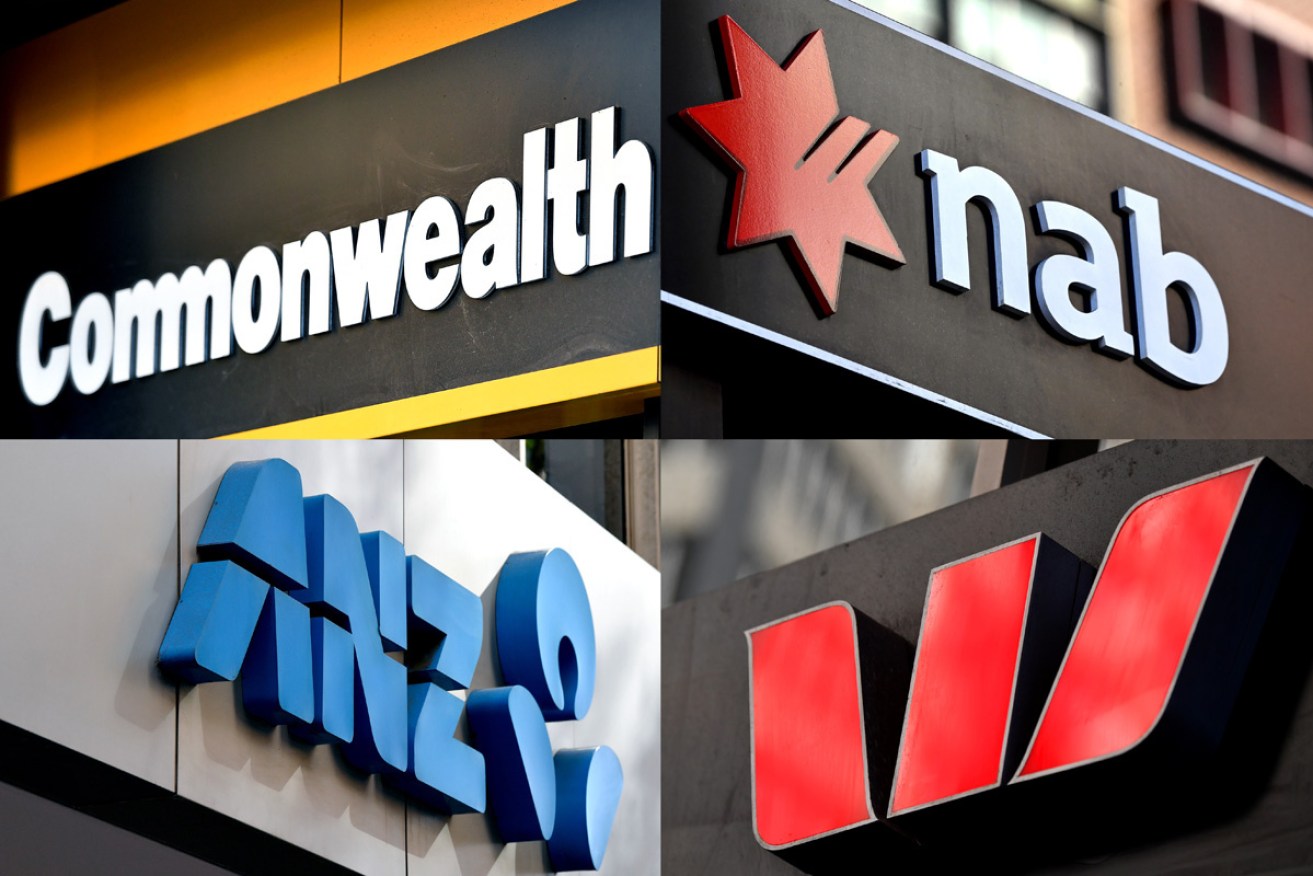Banks gouging home loan customers, new analysis shows


Scott Morrison has accused the big four banks of "profiteering" on their decision not to pass on the full interest rate cuts to their customers. Photo: AAP
Banks have been building up their cash buffers over 2019 by paying less for the money they lend to home buyers, without sharing the benefits with borrowers, new analysis shows.
The Canstar analysis shows the banks’ wholesale funding costs (the money they borrow in commercial markets) have decreased since the start of this year, while the market average standard variable mortgage rate for owner-occupiers has barely fallen.
Between September 2017 and September 2018, the 180-day bank bill swap rate (BBSW) – the short-term interest rate used as a benchmark for the pricing Australian dollar derivatives, most notably floating bond rates – increased from 1.89 per cent to 2.15 per cent.
That pushed up the banks’ funding costs, and in October and November of 2018, many responded by increasing the variable home rate they charge existing customers, the analysis shows.

The banks have kept the standard variable home loan rate for owner-occupiers at 2.50 per cent since January. Graph: Canstar
But over the course of this year, funding costs have dramatically decreased, by almost 2.6 per cent, leaving the BBSW at 1.99 per cent. However, the banks haven’t cut mortgage rates accordingly.
Canstar group executive Steve Mickenbecker says the thing to watch is not the rate, but the banks’ behaviour.
“What is more interesting than the averages is the behaviour of lenders this year, as wholesale funding costs have been falling,” he said.
“Forty four lenders have reduced fixed rates, as only five have put them up. Meanwhile, 25 lenders have increased variable rates, which flow through to existing borrowers, while only 11 reduced them.”
The extra money the banks have made from the reduced cost has been spent on attracting new borrowers, by offering low-interest rates, to the detriment of existing customers, Mr Mickenbecker argues.
“A market share battle has broken out for the diminished pool of borrowers in the market who tick all the credit boxes, and this group is being rewarded with historically low rates.”
The big picture
But Deloitte economist Nicki Hutley warns that before we go bank bashing, we need to look at the whole picture, including bond yields and deposit rates.
“It’s a lot more complex than looking at one rate. Part of the reasons costs were going up was because they were under pressure to make sure lending was up to standards.
“You’re better off looking at bond yields and deposit rates. Bond yields, which are a prime driver of costs, have fallen because people were worried about a global slowdown.”
Australian 10-year bond yields continue to nudge new lows of between 1.7 per cent and 1.9 per cent.
“The banks borrow money to lend money and you need to look at what the cost of borrowing that money is – it isn’t the 180-day swap rate. If you think about bond rates, particularly recently they’ve been falling so they would help lower the cost,” Ms Hutley said.
Independent economist Frank Gelber says it’s too soon to tell if the banks are charging too much to existing customers.
“It’s too short a period to tell,” he told The New Daily.
“Bank margins are very high and some people paying mortgages are financing the banks. None of that’s going to affect the competitiveness though. It’s a long-term thing.
“Overseas banks left Australia after the GFC and they haven’t come back yet, that’s a major factor. Are the banks charging too much? We just don’t know in the short term.”








